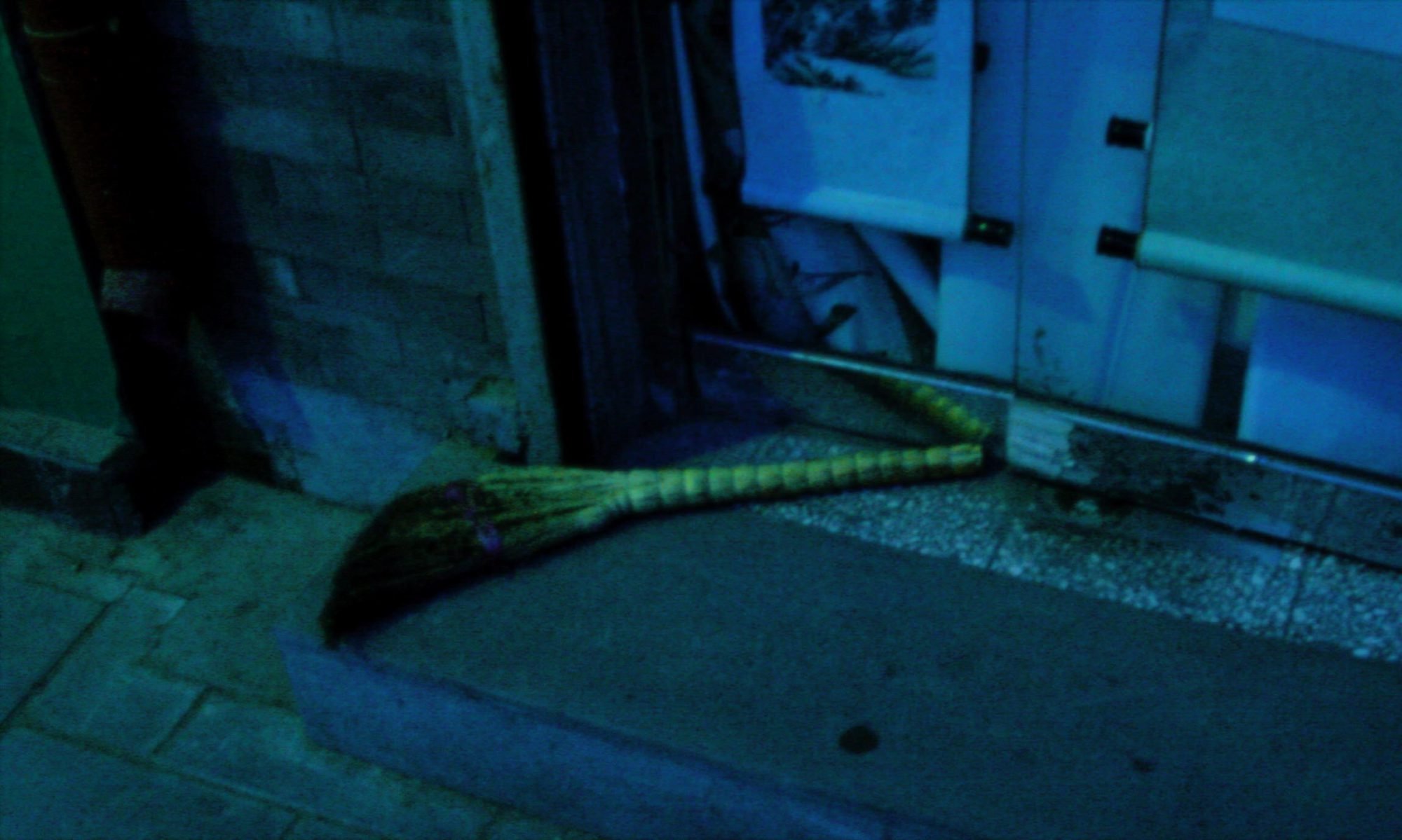Many new decisions of interest are coming out and I will not have time to blog them any time soon as I have to go to University and concentrate on my latest and hopefully last field of study, Shareholders Rights and Remedies. Here are some pointers in case you want to read this slew of the new yourself.
Here is a landmark English case on illegally obtained evidence in civil proceedings: Imerman v Tchenguiz [2010] EWCA Civ 908, and CMS Cameron McKenna’s case note. A husband in business with his wife’s brother separated from his wife. Worried that he would hide assets from the wife, the brother copied information from the husband’s computer. The English Court of Appeal refused to admit the evidence. One of the little changes wrought by the Victorian Evidence Act, 2008 is to make clear that illegally obtained evidence may be inadmissible in civil proceedings as much as in criminal proceedings.
Then there is a mega-solicitor’s negligence decision from NSW’s District Court’s Judge Levy: Mills v Bale [2010] NSWDC 162. It was a regretted settlement case of the kind I wrote about in ‘Compromise of litigation and lawyers’ liability’ (2002) 10 Torts Law Journal 267. The client accepted a fraction of his claim on the basis of advice that the other side had ‘damning video evidence’ and that he might get nothing if he went to trial. The solicitor had no file note of the relevant conversation and no recollection of the alleged events. The client won more than $700,000, a rare victory since such cases do not often succeed. The judgment is 807 paragraphs long. Analysis of the witnesses’ credit occupies 100 paragraphs.
Two from Victoria’s Court of Appeal:
- First, Justice of Appeal Ashley with whom Acting Justice of Appeal Beach agreed, pronounced the latest chapter in the extraordinary saga of Shaw v Gadens Lawyers, another victory for professional negligence specialist Sam Tatarka. It has not been published on Austlii, but was delivered on 3 August 2010. The Court confirmed that when VCAT determines civil disputes involving compensation claims, they do not entertain a cause of action created by the Legal Profession Act, 2004. Rather, they are given a statutory grant to hear professional negligence cases according to common law principles. Let me know if you want a copy.
- Secondly, the latest in the saga of Byrne v Marles (see this earlier post about the earlier decision which threw the Legal Services Commissioner’s office into chaos): Byrne v Legal Services Commissioner [2010] VSCA 162. Mr Byrne successfully sought judicial review of the Commissioner’s decision to characterise a complainant’s complaint as a disciplinary complaint. The Appealohs held that there was a breach of natural justice in failing to provide an opportunity for the solicitor to be heard on that question. The Commissioner appears then to have written to every complainant and given them an opportunity to make submissions. Mr Byrne made submissions, and the Commissioner, unmoved, came to the same decision. He sought judicial review of that, and that is what this decision is about. He failed, but along the way, had the former Commissioner re-spanked. The former Commissioner’s reasons for reaffirming her original classification, absolutely typical of the reasons I have seen her give in a template-like manner, over and over, were described by Justice of Appeal Ashley at [96] as ‘too smart by half. They invited further proceedings’. In fact, his Honour found at [63] that they were not reasons at all; they were just a statement of the conclusion which the reasons should have supported.
Another decision of the utmost importance to this blog, which again passed me by, is the decision of New Zealand’s Supreme Court (equivalent to our High Court) in Z v Dental Complaints Assessment Committee [2009] 1 NZLR 1; [2008] NZSC 55. More to come, needless to say. Meanwhile, You will appreciate my interest in the case when you consider that the Chief Justice opined that disciplinary proceedings making serious allegations should be proved on the criminal standard of proof (remember what Justice Finkelstein said about disciplinary proceedings?), as opposed to the civil burden as explained in Briginshaw v Briginshaw. Paragraph no. 1 of the Chief Justice’s reasons said:
‘The appeal concerns the intersection between criminal prosecution and professional disciplinary action taken under statutory authority. It raises the question whether it may amount to an abuse of the statutory disciplinary power to charge a dentist with indecent assault, despite his previous acquittal in criminal proceedings in respect of three incidents which are the subject of the disciplinary charges and despite the fact that the fourth claim has not been the subject of criminal proceedings at all. A related but subsidiary question arises as to the standard of proof to be applied by a disciplinary body. These questions are not adequately addressed simply by labelling proceedings as “civil”, a classification which is not accurately applied to statutory disciplinary proceedings and which is not in any event determinative of either abuse of power or the appropriate standard of proof. Nor is it adequate to say that a principal purpose of professional disciplinary processes is maintenance of standards, in protection of the public, rather than the punishment of criminal conduct. Criminal law, too, aims to protect the public through enforcing minimum standards of behaviour.’
I got onto it by reading the latest (2010) edition of Lawyers’ Professional Responsibility in Australia and New Zealand, by that marvel of text book writing, Professor Gino Dal Pont. I was unsure about the good sense of buying this new edition, but this reference has made it worth every cent already.

